Many significant historical events have faded from collective memory, yet they have profoundly shaped our modern world. These forgotten moments, from decisive battles to groundbreaking discoveries, have left an indelible mark on our society. Exploring these events reveals how the past continues to influence our present and future. Understanding these hidden histories provides a deeper appreciation of the world we live in today.
The Cadaver Synod (897 AD)
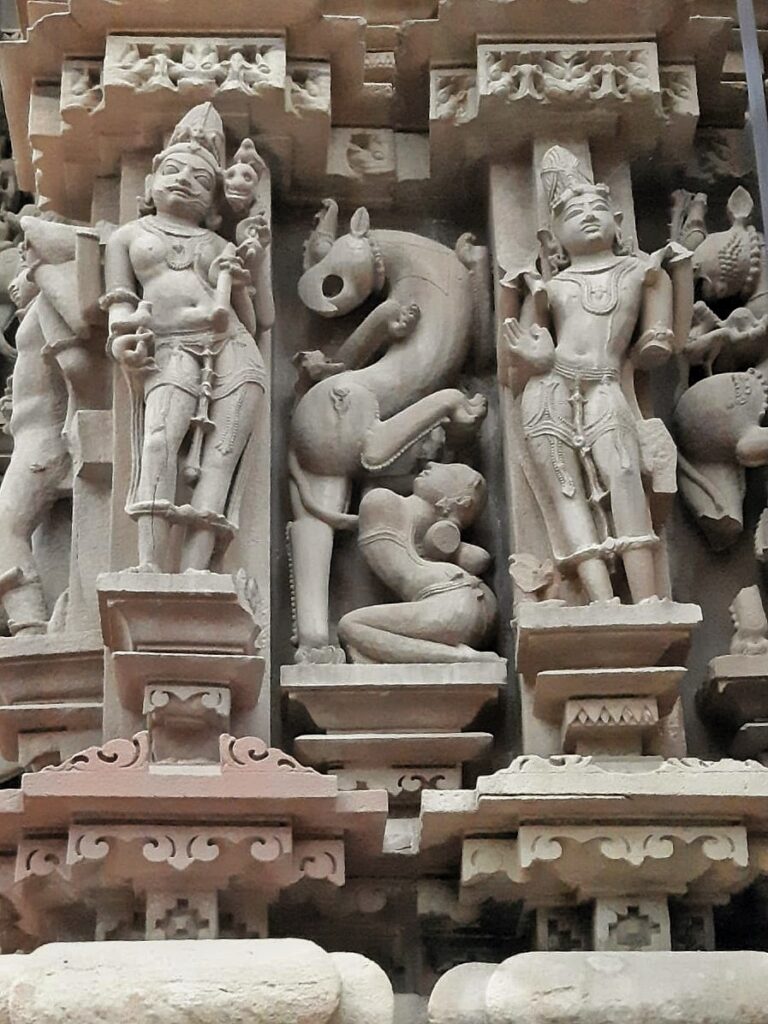
The Cadaver Synod was one of the strangest and most dramatic events in papal history. Pope Stephen VI had the corpse of his predecessor, Pope Formosus, exhumed and put on trial for political reasons. The macabre trial ended with Formosus’s body being thrown into the Tiber River. This event exemplified the extreme political machinations within the Church, leading to significant reforms in the papal election process and curbing the influence of external political forces on the papacy.
The Taiping Rebellion (1850-1864)

The Taiping Rebellion in China was a massive civil war led by Hong Xiuquan, who claimed to be the brother of Jesus Christ. With a death toll estimated between 20 to 30 million, it was one of the deadliest conflicts in history. This rebellion significantly weakened the Qing Dynasty, leading to social and political upheaval and eventually contributing to the end of imperial rule in China and the rise of the Republic of China.
The Congress of Vienna (1814-1815)
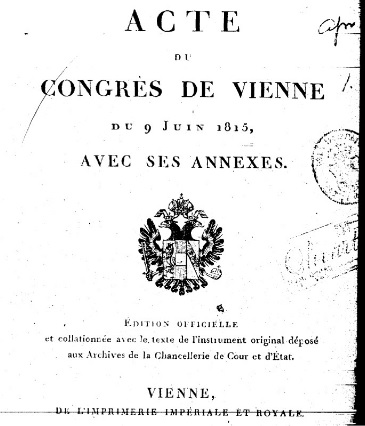
The Congress of Vienna was a conference of ambassadors from European states aimed at providing a long-term peace plan after the Napoleonic Wars. The Congress redrew the continent’s political map, balancing power among nations and laying the groundwork for modern Europe. It established principles of diplomacy and international order that influenced European politics for the next century.
The War of Jenkins’ Ear (1739-1748)

The War of Jenkins’ Ear was a conflict between Britain and Spain, sparked by the alleged severing of British Captain Robert Jenkins’ ear by Spanish coast guards. Although seemingly trivial, the war was part of a larger struggle for maritime supremacy and colonial dominance, contributing to the eventual rise of the British Empire as the world’s preeminent naval power.
The Great Fire of London (1666)
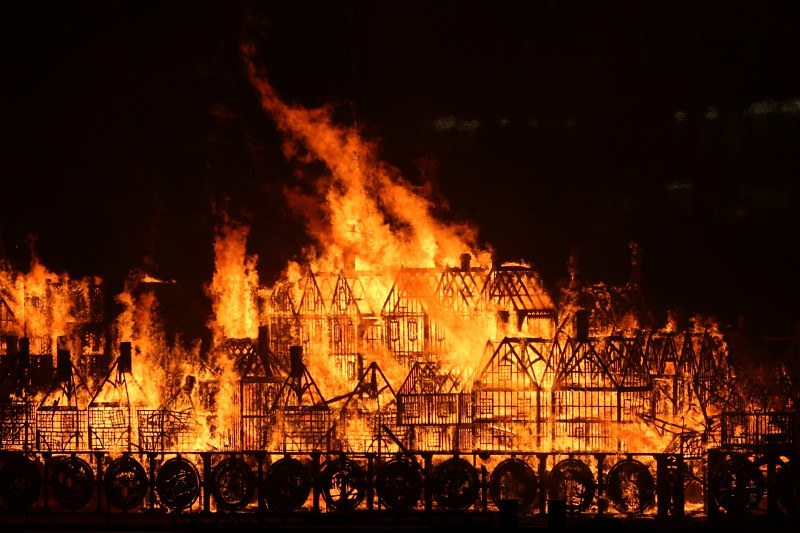
The Great Fire of London destroyed a large part of the city, including 87 churches and about 13,000 houses. The disaster prompted the development of modern fire insurance and led to significant changes in building regulations and urban planning. The fire’s aftermath spurred the reconstruction of London, making it a safer and more modern city.
The Treaty of Tordesillas (1494)
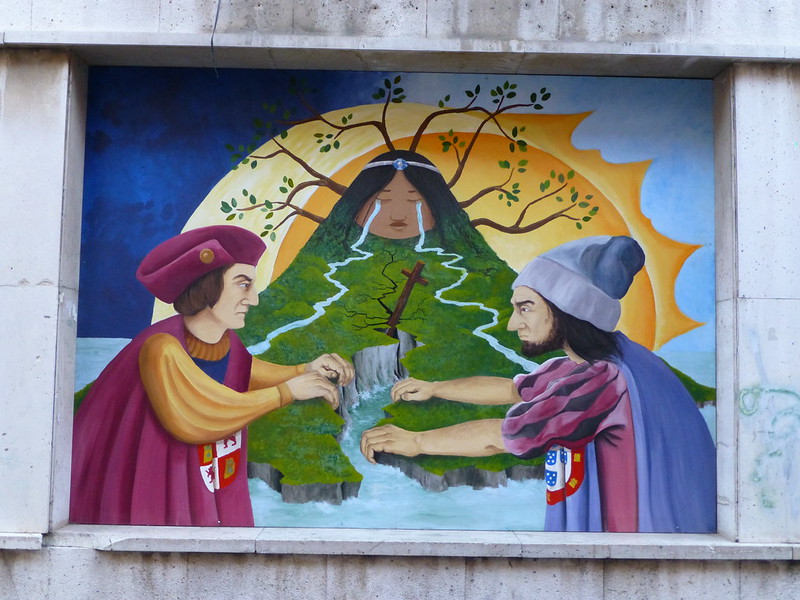
The Treaty of Tordesillas was an agreement between Spain and Portugal, mediated by the Pope, to divide newly discovered lands outside Europe. This treaty significantly impacted global colonization patterns, with Portugal gaining control of Brazil and parts of Africa and Asia, while Spain took most of the Americas. It shaped the linguistic and cultural makeup of the modern world.
The Tanzimat Reforms (1839-1876)

The Tanzimat Reforms were a series of governmental reforms in the Ottoman Empire aimed at modernizing the state in response to internal and external pressures. These reforms included changes to the administrative, military, and economic systems, aiming to secure the empire’s integrity. They laid the foundation for the modernization of Turkey and influenced many other Middle Eastern nations.
The Edict of Nantes (1598)
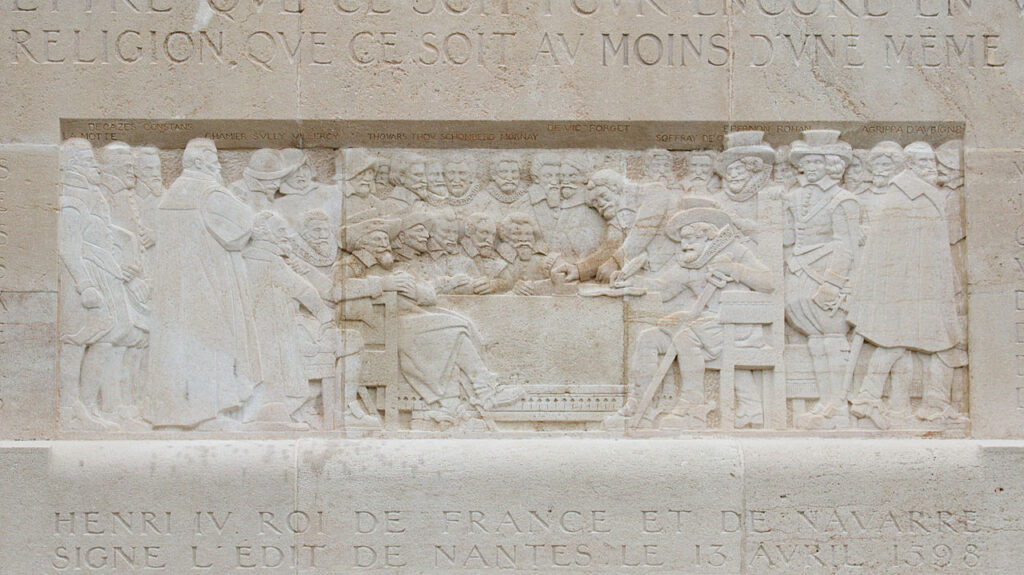
The Edict of Nantes, issued by Henry IV of France, granted substantial rights to the Huguenots, a Protestant minority. This edict ended the French Wars of Religion and paved the way for religious tolerance in Europe. Its revocation in 1685 led to widespread persecution and emigration, significantly impacting European demographics and economies.
The An Lushan Rebellion (755-763)
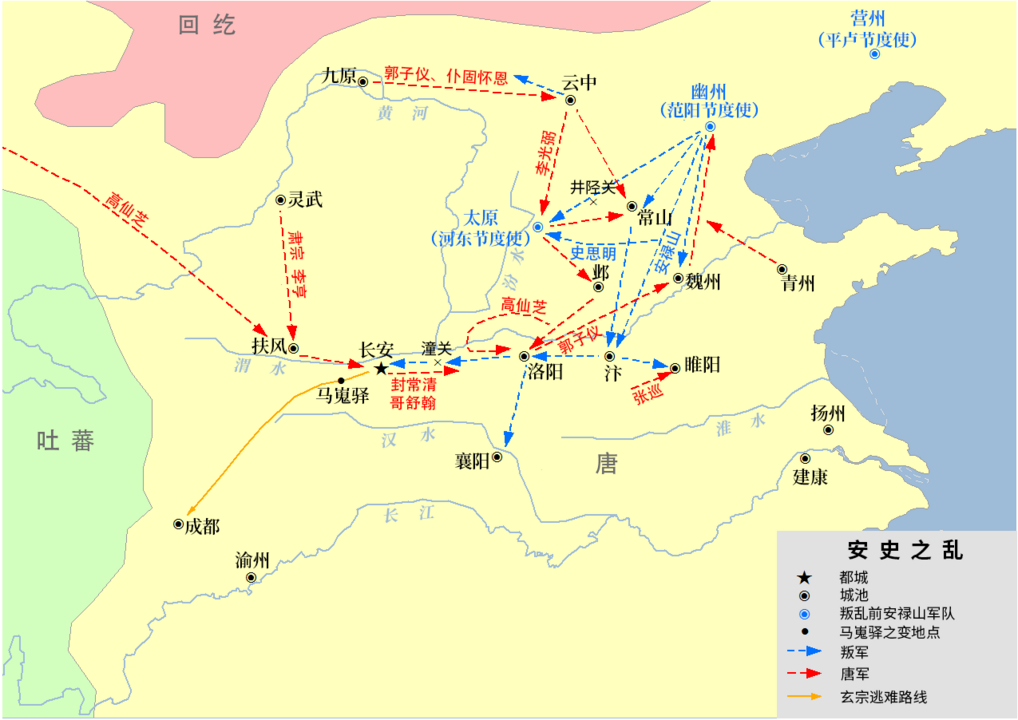
The An Lushan Rebellion against the Tang Dynasty in China resulted in a devastating death toll and significant disruption. The rebellion weakened the Tang Dynasty, leading to its eventual decline and influencing the political and social structures of subsequent Chinese dynasties. The rebellion also contributed to changes in the balance of power and the rise of regional warlords.
The Battle of Ain Jalut (1260)
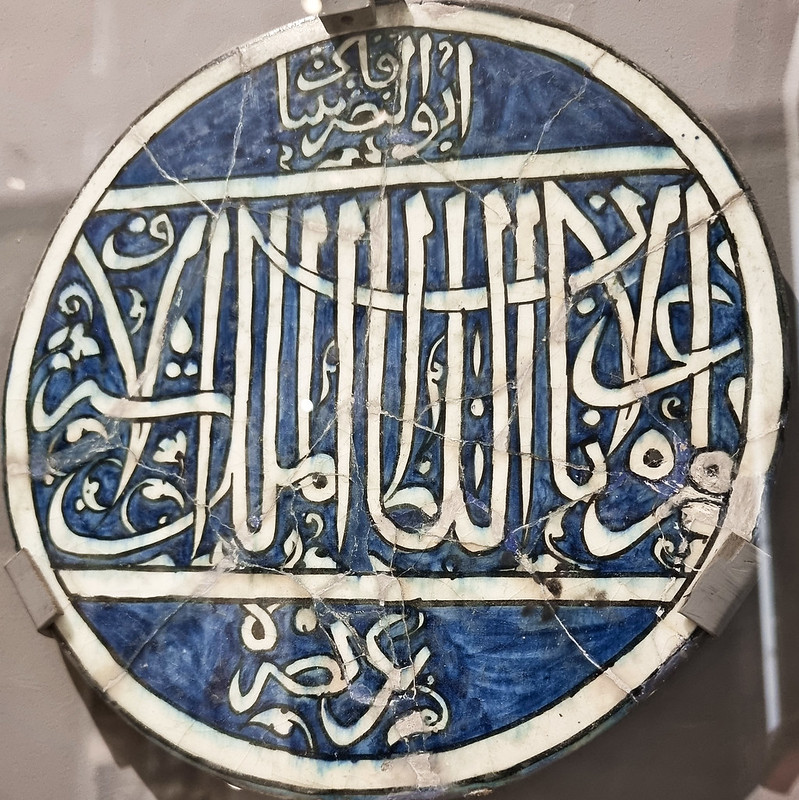
The Battle of Ain Jalut was a pivotal clash between the Mamluk Sultanate and the Mongol Empire in the Levant. The Mamluks’ victory marked the first significant defeat of the Mongols and halted their westward expansion. This battle preserved Islamic civilization in the Middle East and ensured the survival of the Mamluk Sultanate, which would continue to play a crucial role in the region.
The Gunpowder Plot (1605)
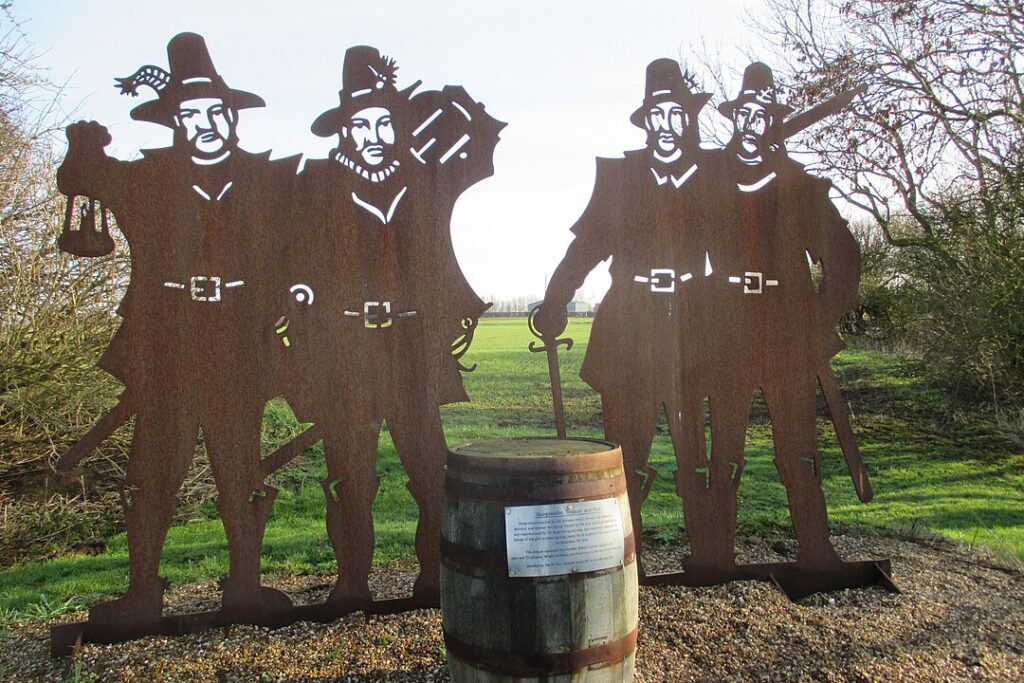
The Gunpowder Plot was a failed attempt by a group of English Catholics, including Guy Fawkes, to assassinate King James I and blow up the Houses of Parliament. This event led to harsher penalties against Catholics in England and reinforced the power of the Protestant monarchy. The plot’s discovery is still commemorated annually on November 5th as Guy Fawkes Night.
The Opium Wars (1839-1860)
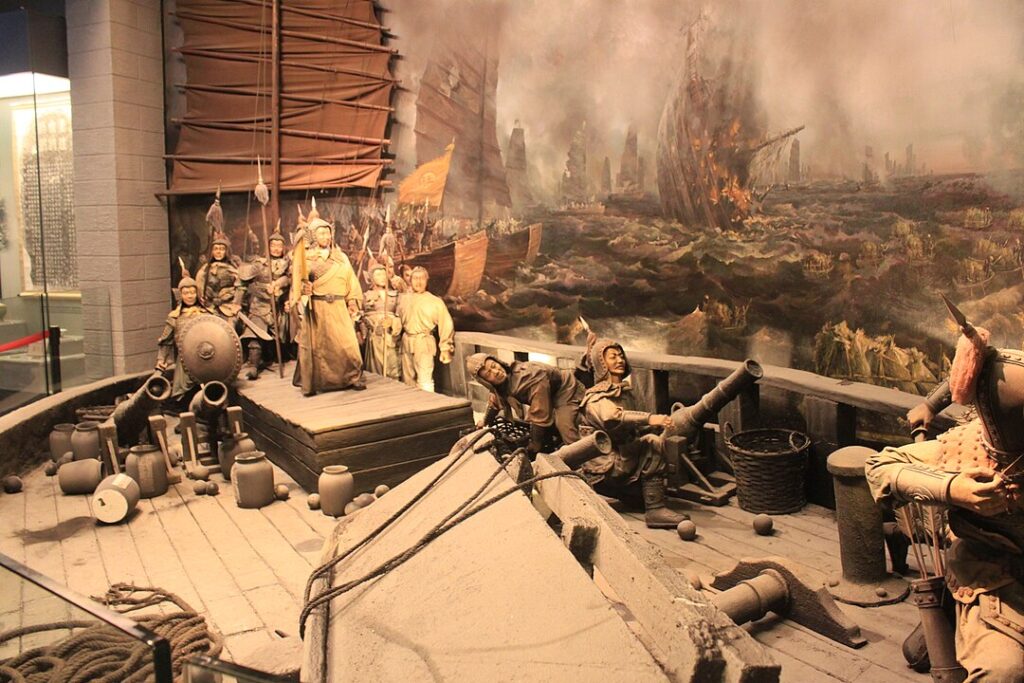
The Opium Wars were conflicts between China and Britain, later involving France, over trade imbalances and opium trade. The wars resulted in significant territorial and economic concessions from China, including the cession of Hong Kong to Britain. These wars marked the beginning of the “Century of Humiliation” for China and had profound effects on its society and economy.
The Siege of Vienna (1683)
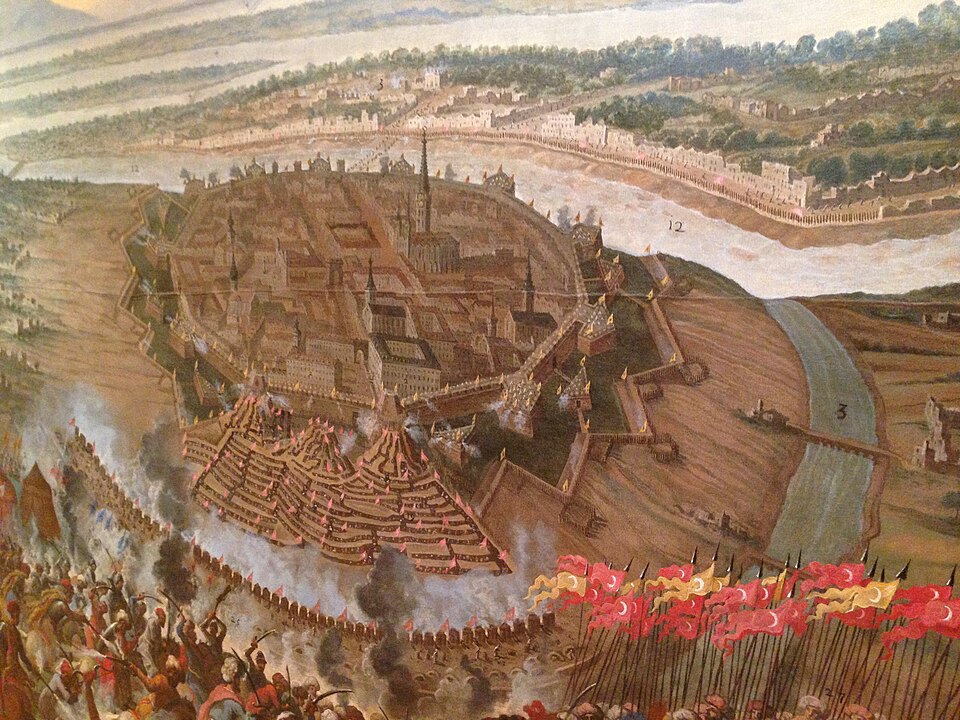
The Siege of Vienna was a crucial battle in which European forces, led by the Polish King John III Sobieski, repelled the Ottoman Empire’s advance into Central Europe. This victory marked the turning point in the centuries-long conflict between Europe and the Ottoman Empire, leading to the empire’s gradual retreat and the eventual rise of Austria and other European powers.
The Haymarket Affair (1886)
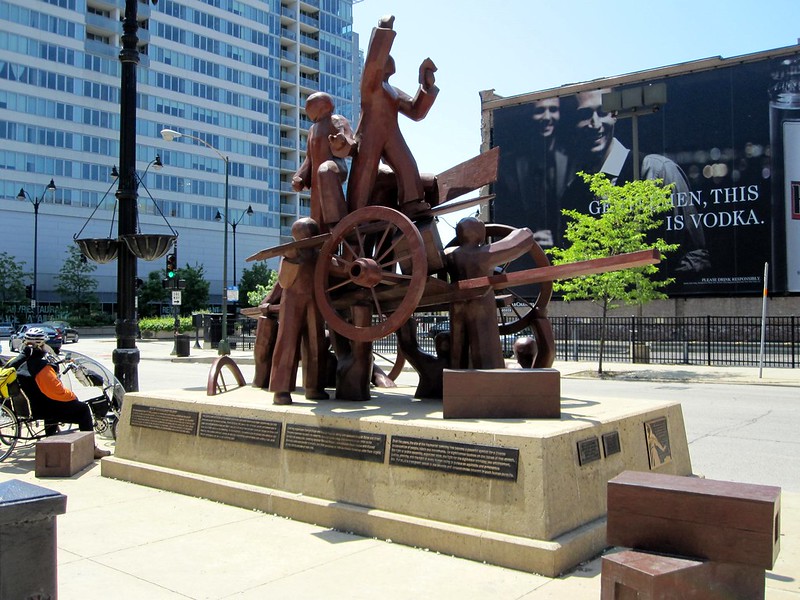
The Haymarket Affair in Chicago was a labor protest that turned violent when a bomb exploded, leading to the deaths of police officers and civilians. This event significantly impacted the labor movement in the United States, leading to a crackdown on labor organizations and influencing labor laws. It also highlighted the tensions between laborers and law enforcement.
The Stono Rebellion (1739)
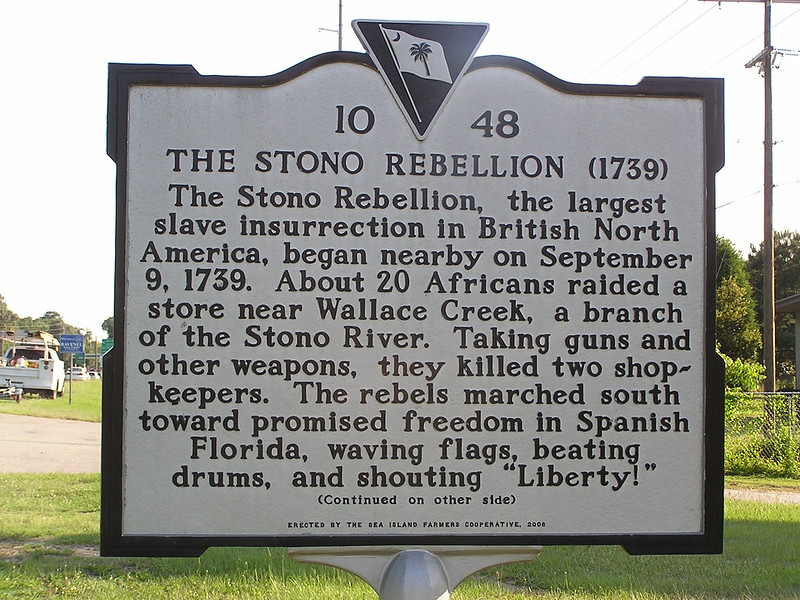
The Stono Rebellion was a slave uprising in South Carolina, one of the largest in British North America. The rebellion led to stricter slave codes and laws to prevent future uprisings. It highlighted the brutal conditions of slavery and the constant threat of resistance, influencing the discourse on slavery and the eventual movement towards abolition.
The Treaty of Guadalupe Hidalgo (1848)
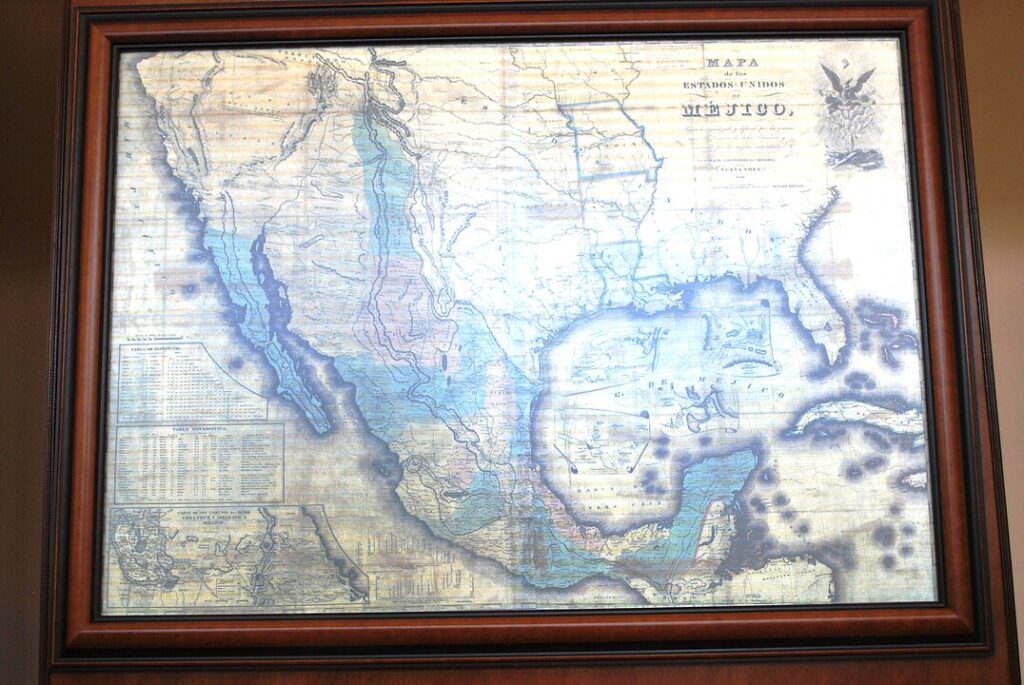
The Treaty of Guadalupe Hidalgo ended the Mexican-American War, resulting in the U.S. acquisition of a vast amount of territory, including present-day California, Nevada, and Utah. This treaty significantly shaped the geopolitical landscape of North America and laid the foundation for the United States’ emergence as a continental power.
The Partition of Bengal (1905)

The Partition of Bengal was a division of the British Indian province of Bengal into two separate entities. The partition sparked widespread political unrest and protests, leading to its reversal in 1911. This event played a crucial role in the rise of the Indian independence movement and the eventual partition of India in 1947.
The Sykes-Picot Agreement (1916)
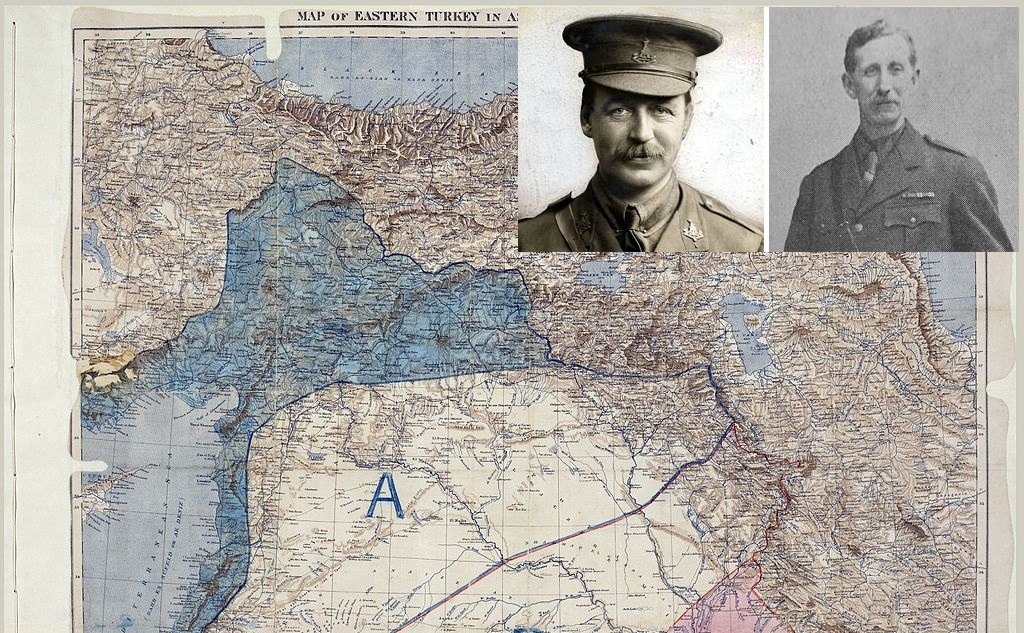
The Sykes-Picot Agreement was a secret treaty between Britain and France, dividing the Ottoman Empire’s Middle Eastern territories into spheres of influence. This agreement significantly shaped the modern borders of the Middle East, contributing to ongoing regional conflicts and tensions. It underscored the colonial powers’ influence on the region’s political landscape.
The Battle of Adwa (1896)
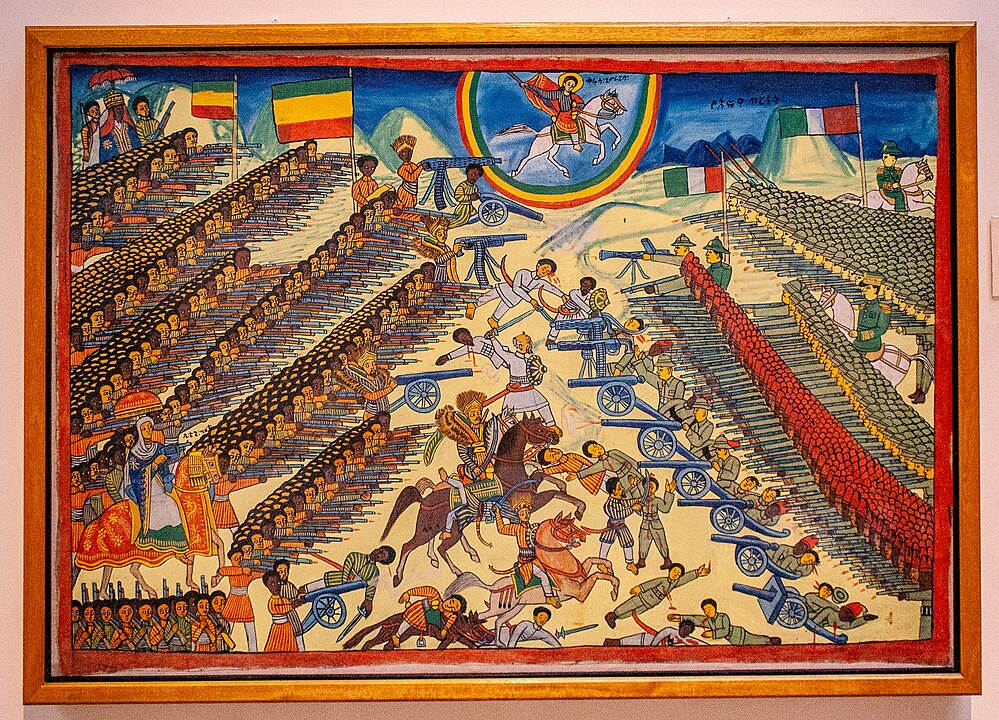
The Battle of Adwa was a decisive victory for Ethiopian forces against Italian invaders. This victory preserved Ethiopia’s independence and became a symbol of resistance against colonialism in Africa. It inspired other African nations in their struggles for independence and demonstrated that a united African force could successfully repel European colonial powers.
The Spanish Flu Pandemic (1918-1919)
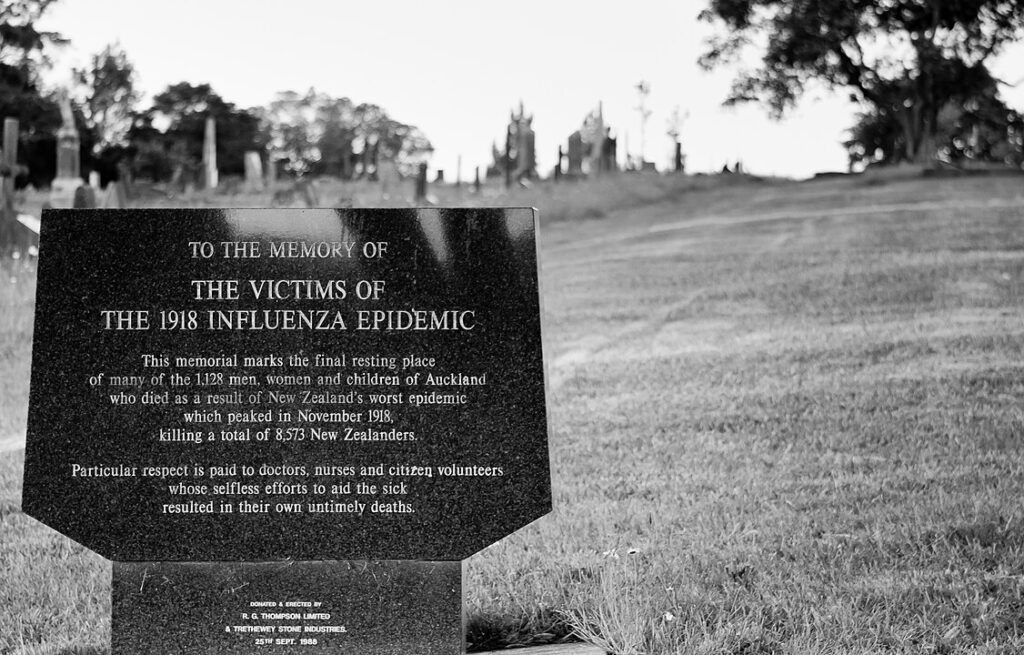
The Spanish Flu pandemic was one of the deadliest in history, causing the deaths of an estimated 50 million people worldwide. This pandemic had far-reaching social and economic impacts, influencing public health policies and medical research. It highlighted the need for global cooperation in combating infectious diseases and led to significant advancements in virology and epidemiology.
This article originally appeared on UnifyCosmos.
More from UnifyCosmos
20 Uncommon Tips for Improving Mental Health

These uncommon tips offer fresh perspectives and practical steps to help boost your mental well-being. Whether you’re looking to enhance your daily routine or seek innovative approaches, these tips can provide valuable insights for a healthier mind. Read more!
20 Skincare Practices to Keep Your Skin Youthful and Radiant

Simple daily routines can yield impressive results. Here are some essential tips to help keep your skin looking young and vibrant. Read more!
21 Mistakes to Avoid When Learning a New Hobby

In this article, we’ll explore some of the most common mistakes people make when starting a new hobby and how you can steer clear of them for a more fulfilling experience. Read more!
Leave a Reply